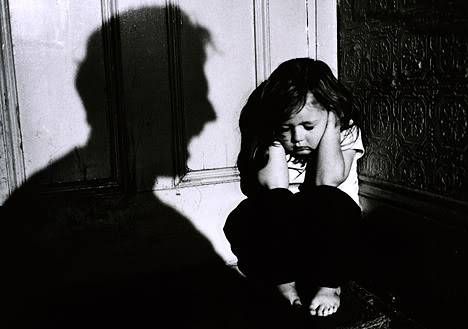From Hurt to Headaches: Understanding Childhood Trauma’s Impact Introduction Childhood trauma is a silent specter that casts long shadows into adulthood. As therapists and counselors, it is our duty to illuminate these shadows, to understand the intricate dance between past wounds and present pain. In this blog, we delve into the profound childhood trauma’s impact
From Hurt to Headaches: Understanding Childhood Trauma’s Impact
Introduction
Childhood trauma is a silent specter that casts long shadows into adulthood. As therapists and counselors, it is our duty to illuminate these shadows, to understand the intricate dance between past wounds and present pain. In this blog, we delve into the profound childhood trauma’s impact on both the mind and body, specifically focusing on headaches as a tangible manifestation of hidden hurt.
The Hidden Link: Childhood Trauma and Headaches
Unmasking the Statistics
Recent research has unmasked a startling connection: people who experienced traumatic events during childhood are 48% more likely to develop headache disorders as adults. The body, it seems, hold trauma in its sinews, manifesting it as physical symptoms. As therapists, we must recognize this link and weave it into our diagnostic tapestry.

Photo by Nik Shuliahin 💛💙 on Unsplash
The Silent Echoes
Childhood trauma reverberates through the years, leaving silent echoes that shape adult lives. Here are some key insights:
- Misdiagnosis and Comorbidity: Survivors of chronic childhood trauma often grapple with anxiety and depression. These emotional scars intertwine with physical pain, leading to misdiagnoses or comorbid conditions. The stigma surrounding certain diagnoses, such as Borderline Personality Disorder, further complicates matters.
- Chronic Pain: Childhood trauma, especially physical abuse, leaves an indelible mark on the Central Nervous System. Adults with such histories face an increased risk of chronic pain, including backaches, neck pain, migraines, and fibromyalgia
- Toxic Patterns: Maladaptive patterns emerge from unmet childhood needs. These patterns play out in adult relationships, affecting romantic choices and self-sabotage. Childhood trauma casts a long shadow over love and connection.

Photo by Ehimetalor Akhere Unuabona on Unsplash
Trauma and the Brain
Threat Traumas vs. Deprivation Traumas
- Threat Traumas: Physical abuse, sexual abuse, violence, and family conflicts fall into this category. They impact emotional processing centers in the brain, leading to mood disorders and anxiety.
- Deprivation Traumas: These are the trauma’s related to affairs’ like Neglection, economic adversity, parental death, and living with mental illness or substance abuse create different brain pathways. Deprivation affects brain development, leaving lasting imprints
Implications for Therapists
- Holistic Approach: When treating headache disorders, consider the whole person. Childhood trauma may be the missing piece of the puzzle.
- Early Intervention: Addressing childhood trauma early can prevent a lifetime of pain. Therapists play a pivotal role in breaking the cycle.
- Mind-Body Connection: Explore how emotional scars translate into physical symptoms. Headaches may be the body’s cry for healing.
Conclusion
Trauma’s are not a mere chapter in one’s life; it’s an entire volume that echoes across decades. As therapists, we must listen to these echoes, decode their language, and offer healing. From hurt to headaches, understanding the impact of childhood trauma is our shared journey toward wholeness.

















Leave a Comment
Your email address will not be published. Required fields are marked with *